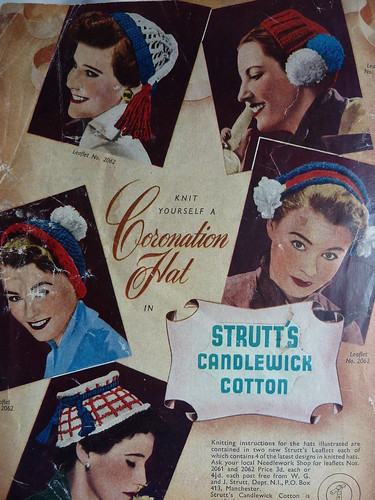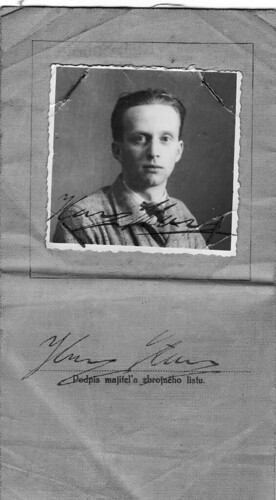This month's choice was something of an epic,
The Golden Notebook by Doris Lessing, I listened to all 27 or so hours of it on audio book in May and June. However, at no point was listening a slog, rather like a long, enjoyable journey; Juliet Stevenson's brilliant reading was a vital part of the experience. The story concerns Anna, a divorced writer of a best selling novel in her 30s living in London with her daughter and covers a period of time from the 1930s to the 1950s. In its structure it is far from a "normal" novel though, it moves fluidly through time and through different narrative perspectives and is a master class in plot and potentially unreliable narration. The facts of who is who, or why or how particular things have happened are not spelt out, instead the reader is left to put the pieces of the jigsaw together. Although this sounds as though it could be infuriating, I found that it actually meant that I thought a lot about the novel as I went along and tried to fit the pieces together, some you are never openly told but are simply expected to put together. You are quite simply plunged into Anna's world.

The Golden Notebook is very much a novel of the inner life and is mostly told through a first person narrative, except when Anna is looking at the content of the notebooks into which she has attempted to divide up the various strands of her life. One of these is a third person account of her time in Africa during the second world war and her experiences involved with the Communist party there, for this section of the book Anna gives herself a new name, Ella and also renames most of the other protagonists of the novel. Hence Lessing is able to leave you unsure how accurate this account of the past is, as Anna tries to create a distance between herself and her past and to examine it in a new way and try out new scenarios - Ella has a son, whereas Anna has a daughter for example.
Relationships and sex play a large part in the novel, as Anna and her friend Molly seek to find a new way to live as single women, a process which seems to result in a lot of unsatisfactory affairs, generally with married men, who seem to see them as available. In this respect Doris Lessing gives a very different perspective on the life of the unmarried woman in 1950s London to that of another of my favourite novelists, Barbara Pym, whose women are solidly respectable, generally engaged in unrequited love, the church and lonely meals for one in small flats. Anna's life seems to demonstrate the beginnings of the women's liberation movement of the 1960s, its foundations, while Barbara Pym documents the last of a fast fading world. Maternity becomes another key theme as Anna brings up her daughter, a very conventional young girl and Molly struggles with her son and what he should do with his life. Molly's former husband Richard, who had a brief involvement in Communism, but has now settled down to business, represents conventionality and money and Tommy, their son, seems caught in between their two ways of life. Furthermore one gets the impression from
The Golden Notebook that it is not only the women who are struggling to sort out their relationships but the men too, such as Molly's ex-husband Richard, who moves from his second to third wives as the novel progresses.
Anna and her friends are experimenting in new ways of living, not just in terms of relationships but in everything; the Communist Party, in which many of the characters have been or are involved in, is a part of this search. In the earlier, African part of the novel, Anna and her friends are frenetically engaged with the Communist Party and taking on some of the racism of the British rule. While later on the novel illuminated the impact of the USSR upon the wider Communist Party, in particular showing the impact of Stalin's death and the revelations of atrocity that followed it on communists outside Russia; for many it seemed to destroy their faith in communism. At the same time Anna comes into contact with Americans exiled because of the MacCarthy era in American politics; injustice in its various forms is a great concern of the novel.

Therefore, amid this tumult of ideas and identities, it may come as little surprise that mental health is another important strand of the novel, both for Anna and for those around her. As I had been thinking a fair amount about identity myself before beginning this novel I did find it fascinating; there were a number of those moments of recognition when a novel describes a thought, a feeling, a sensation and you realise that you are not alone in what you feel. Doris Lessing's descriptions of Anna's sessions with her therapist and of her time of disintegration, are vivid and the latter time becomes immersive, drawing you into Anna's world, it is powerful writing. While Anna's notebooks, culminating in the final golden notebook of the title, are her way of working out her own identity and what she should do next, having published this successful novel and had a long, ultimately unsuccessful affair.
I have written all this and yet hardly touched on the themes, ideas and people of this novel, nor done the novel remote justice.
The Golden Notebook has to be one of the most thought provoking, absorbing books I have read in years and although its length may seem daunting at first I would recommend making the effort. As time went on I found that I could lose hours to the book and that I became deeply engaged with what happened to Anna and loved the "Londonness" of the book - certain writers capture London so well. While doing a little research to write this I have found
The Golden Notebook Project, a website containing the novel and the debate a number of female writers are carrying on in the margins, with space for further debate in a forum, which might be an interesting way of reading it. Lessing's own preface is on there too, although I am glad that I had not read it before I tackled the book, I prefer to make my own impressions, then read the introduction or preface to novels. The audio book I listened to is available for download
here - it is very much cheaper if you join Audible and buy some credits - and I very much recommend the reading, an excellent option for knitters or other crafters.
Perhaps this coming month I will read something that does not concern feminism?
All the other posts from A Year in Books can be viewed
here
















